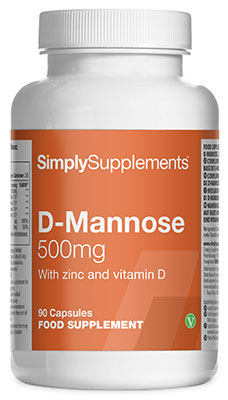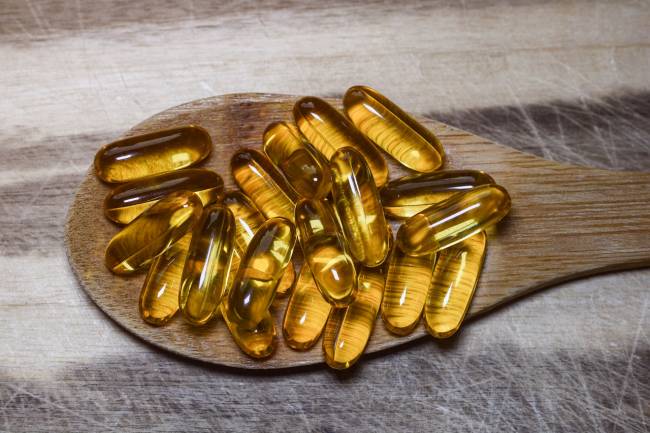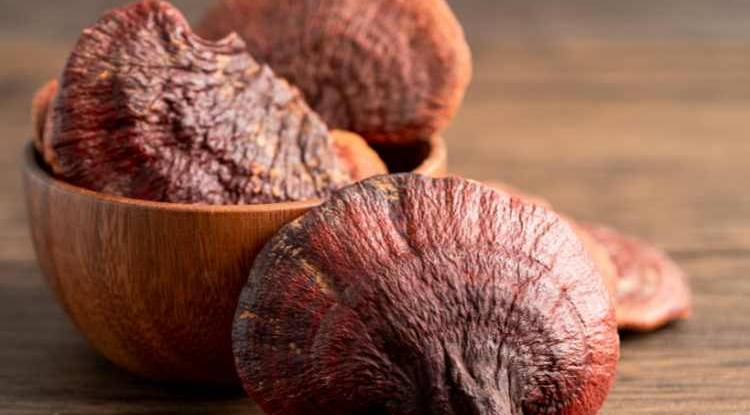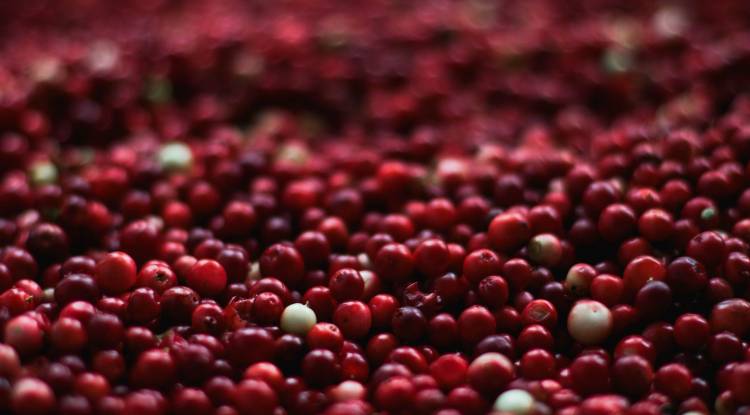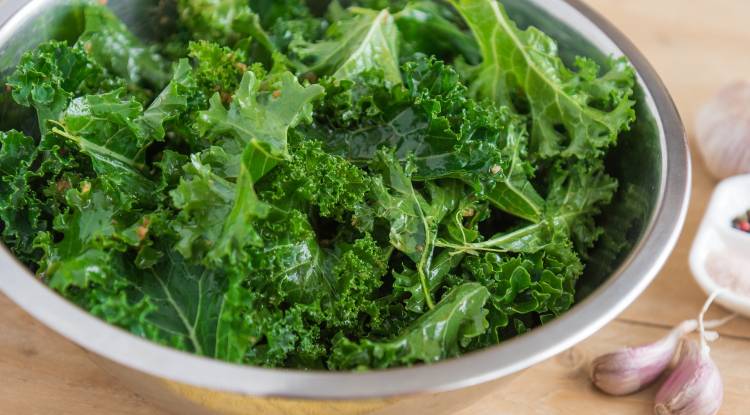Health Benefits of D-Mannose – Is it Effective for Urinary Tract Infections?
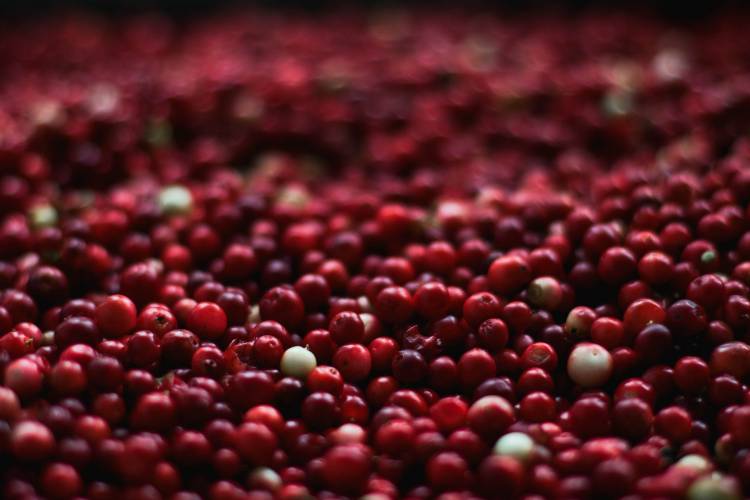
Urinary tract infections, or UTI’s for short, are bacterial infections that are thought to affect 92 million people worldwide every single year. In the UK specifically, they are known to cause between 2-3% of all primary care appointments and almost 14% of all antibiotic prescriptions. It is thought that 89% of cases are caused by Escherichia coli (E. coli).
While they can affect men, it is predominantly women who suffer from UTI’s and are 14 times more likely to develop an infection. Here at Simply Supplements, our cranberry tablets are a best-seller with our female customers for this very reason. However there is another ingredient which is starting to steal the limelight from cranberry. This ingredient is D-mannose.
D-mannose is a simple sugar molecule that is found in small amounts in fruits such as apples, oranges and peaches. However to get a relevant, therapeutic amount, supplementation is necessary. But is supplementation actually beneficial for UTI’s? Well, that’s the exact question this article aims to address.
D-Mannose for Urinary Tract Infections – What Does the Research Say?
Thankfully, D-mannose has been researched extensively by scientists and we are in the position to confidently say that it is indeed safe and beneficial. What makes D-mannose stand out from a lot of other ingredients though, is just how effective it actually is.
There are a number of studies that have shown it to be more effective than a placebo for helping with the symptoms of UTI’s. However, the really interesting findings are from studies that have put D-mannose up against prescription antibiotics.
One of the landmark studies, published in 2014, recruited 308 women with a history of reoccurring UTI’s and split them into 3 groups. One group consumed 2g of D-mannose every day, while another group received antibiotics. The final group, which is known in science circles as the ‘control group’, received no treatment.
The results were fascinating. Out of the 308 women, 98 had a reoccurring UTI in the 6 month study period. 62 of these were in the control group, 21 were in the antibiotic group with a mere 15 in the D-mannose group. Not only was D-mannose more effective than the antibiotics for preventing re-infection, the researchers communicated that “patients in D-mannose group had a significantly lower risk of side effects compared to patients in Nitrofurantoin (antibiotic) group”.
To add to the credibility of the above findings, complementary evidence has been reported by another research team. For this study, 60 women who currently had an UTI and had suffered multiple times in the last 12 months were recruited and provided with either antibiotics or D-mannose. Those who took the D-mannose used 3g per day for the first 2 weeks and then 2g per day for the next 22 weeks. The researcher’s primary aim was to see how long on average it took for the women to suffer a subsequent UTI.
The results they uncovered were perhaps even more impressive than the previous study. It was reported that on average, the group taking the antibiotics suffered from a UTI 53 days after stopping the antibiotics. Conversely, the group who took D-mannose didn’t suffer another UTI until 200 days later.
These findings led the research group to conclude that: “D-mannose appeared to be a safe and effective treatment for recurrent UTIs in adult women. A significant difference was observed in the proportion of women remaining infection free versus antibiotic treatment.”
The two aforementioned studies have been ratified by a meta-analysis on the topic. Viewed as the gold standard of scientific studies, a meta-analysis carefully selects similar studies and analyses them collectively to come to a confident conclusion on a given topic. A meta-analysis on D-mannose looked at 8 studies in total and again the results were positive. The researchers concluded that: “D-mannose appears protective for recurrent urinary tract infection (vs. placebo) with possibly similar effectiveness as antibiotics. Overall, D-mannose appears well tolerated with minimal side effects”.
Another factor that plays in the favour of D-mannose is the phenomenon of antibiotic resistance. Overuse of antibiotics can lead to bacteria becoming resistant to their actions, meaning they are less effective at neutralising the infection. Furthermore, antibiotics disrupt our microbiome as they deplete good bacteria as well as harmful ones. Research has suggested it can take up to 6 months for our microbiome to recover from a course of antibiotics and if women are taking them frequently because of reoccurring UTI’s then this is concerning. Our knowledge of the microbiome is accumulating rapidly and we cannot underestimate how important it is for our wellbeing.
D-Mannose Alongside Other Synergistic Ingredients
More recently, scientists have been pairing D-mannose with synergistic ingredients in pursuit of even greater efficacy.
One of these studies combined D-mannose with a cranberry extract and 2 different strands of Lactobacillus probiotics. It was found that within 60 days of this treatment, the vast majority of women had overcome their cystitis and the associated symptoms. Cranberries are known to be helpful for UTI’s as their rich content of proanthocyanidins blunt the bacteria’s ability to multiply. With regards to probiotics, as they help maintain a healthy flora in the intestines they reduce the likelihood of an infection occurring in the first place.
A study using a similar formulation has provided further evidence that D-mannose can be safely and effectively used alongside other ingredients. This time, the research team used a pomegranate extract (also containing proanthocyanidins) and the combination of prebiotics and probiotics. Prebiotics are types of fibre that ‘feed’ the healthy bacteria in the body and are often taken along probiotics for best effect.
After 15 days of taking this innovative formulation, it was found that 48.5% of women still had symptoms of cystitis, but after 30 days this decreased massively to a mere 9%. All of the women involved completed the full duration of the study and there were no side effects noted.
These findings led the researchers to summarise that: “Our study suggests that the action of the compounds, administered in this new combination, could help in an effective management of symptoms of acute cystitis in women, without antibiotics, in a wide majority of the cases.”
How Does D-Mannose Work?
We have now viewed a collection of peer-reviewed published studies that have indicated a clear benefit of D-mannose for cystitis and other UTI’s. But how does it actually work? Well, it appears quite a simple mechanism. The body quickly metabolises D-mannose and then excretes it through urine. It appears that D-mannose stops the harmful bacteria from latching to the walls of the urinary tract and flushes it out in the urine. This not only helps rid the body of infection but also helps to prevent the infection reoccurring.
How Much D-Mannose Should I Take?
For some supplements, it can be quite hard to pin down how much is a good dose to aim for. Different forms, quality of ingredients and conflicting studies can all blur the lines, but fortunately this isn’t the case for D-mannose. Some studies have used a higher dose such as 3g for a few days before lowering this to 1.5-2g, whereas other studies have just used 1.5-2g for the entirety of the investigation. There doesn’t seem to be any noticeable benefit between these two differing protocols. Likewise, whether you choose tablets, capsules or powder form, the benefits will be the same.
Based on the current evidence, there also seems to be merit in taking D-mannose alongside other nutraceuticals such as cranberry extract, pomegranate extract, probiotics and prebiotics. Specifically, probiotics of the Lactobacillus genus are the ones that have been most often used in research. Commonly used prebiotics are fibres such as inulin and Fructooligosaccharides (FOS).
Does D-Mannose Have Any Side Effects?
Thankfully, D-mannose has been shown to be safe in scientific trials and in the studies that have compared it to antibiotics it has typically resulted in fewer side effects. Another good sign is the high percentage of participants who complete the full study periods. High drop-out rates can often be due to unwanted side effects.
Some volunteers have voiced concern of stomach complaints like diarrhoea, but this is only in a fraction of the people who have taken it. Many people who do suffer with digestive issues see D-mannose as providing more good than harm given it is very effective at combating UTI’s. This aside, D-mannose is a very safe ingredient and you should have few, if any, reservations about supplementing with it.
Summary
As you can see, D-mannose is a fascinating ingredient that has repeatedly stood up to scientific scrutiny. If you are regularly suffering from UTI’s then it’s certainly an ingredient to give serious consideration to. Although the evidence pointing to its benefits in relation to antibiotics is impressive, we would strongly advise you have the conversation with your GP or pharmacist before deciding whether it would be beneficial to discontinue the antibiotics in favour of D-mannose.
Sources:
https://pubmed.ncbi.nlm.nih.gov/23633128/
https://journals.sagepub.com/doi/abs/10.1177/2051415813518332
https://pubmed.ncbi.nlm.nih.gov/31350663/
https://bmjopen.bmj.com/content/10/9/e0356777
https://www.sciencedirect.com/science/article/pii/S0002937820306049
https://www.ncbi.nlm.nih.gov/pmc/articles/PMC6134985/
https://pubmed.ncbi.nlm.nih.gov/25291140/
https://pubmed.ncbi.nlm.nih.gov/32255320/

 Richard
Richard 



